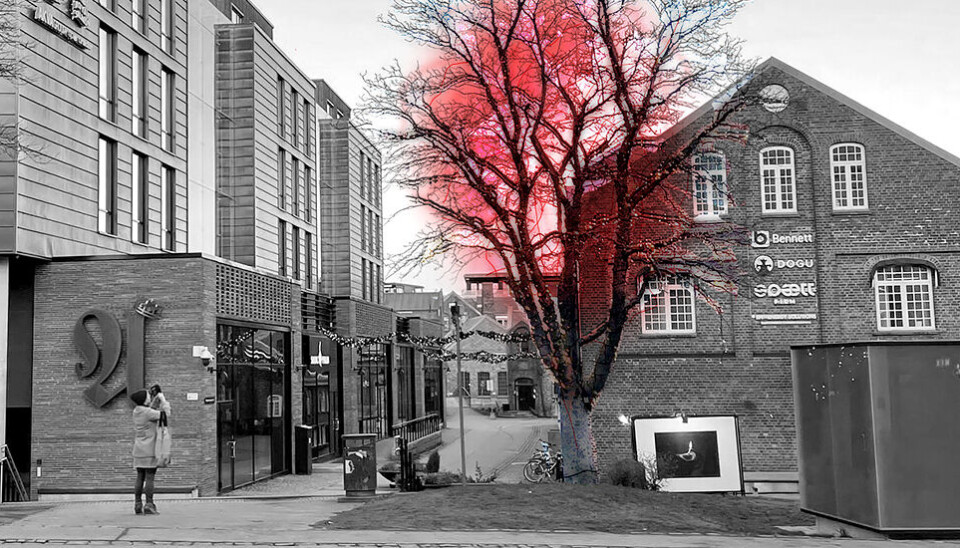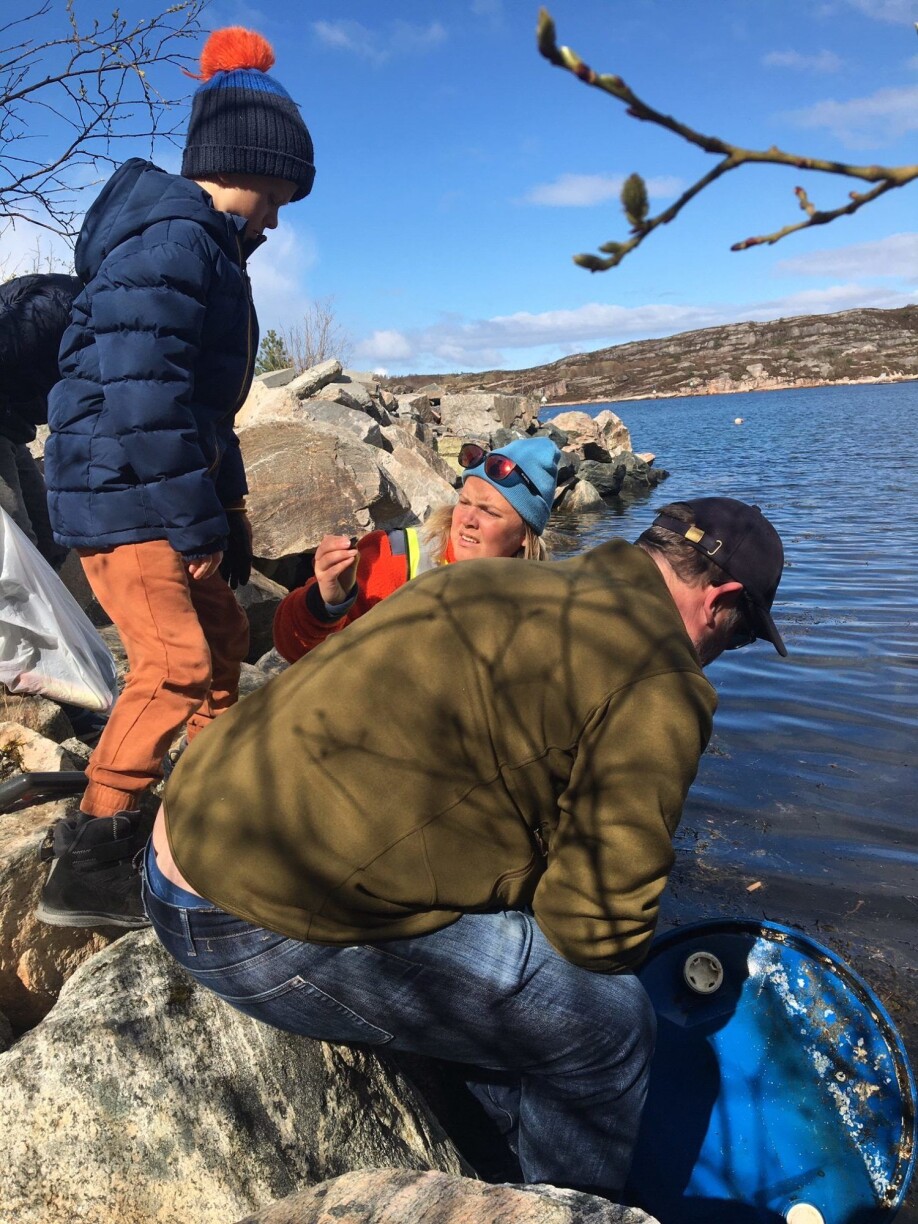THIS ARTICLE/PRESS RELEASE IS PAID FOR AND PRESENTED BY NTNU Norwegian University of Science and Technology - read more

Provoking climate engagement
As you walk around the city, nature 'pops up' in unexpected places. Like a 'lung tree' – a tree that breathes. The Nature in Your Face research project wants to use art to create engagement.
Most of us have become accustomed to hearing that global warming is one of the biggest challenges facing the world. At the same time, the topic can make us feel powerless, and it is easy to think that we can’t do much about it.
Research has shown that climate communication that evokes our emotions can also motivate us to address our own habits.

In a new project, researchers will experiment with disruptive and confrontational climate communication. The goal is to find out how the audience’s emotional commitment can be used to create concrete, local solutions to climate and environmental challenges.
“We hope to create engagement that inspires people to demand change. We need to reconnect humans to the ecosystem,” says Erica Löfström, a researcher in the Department of Psychology at NTNU.
Idea is to make people open their eyes
Löfström and colleague Christian Klöckner are heading the research project Nature in Your Face, which started in the autumn of 2020.
Central to the project is a methodology that confronts and provokes citizens to generate their engagement and mobilize them, and which stimulates innovation, debate and structural change.
Imagine 'disturbing' art installations that appear in public spaces, and nature that “pops up” in unexpected places. This type of activity is designed to give people a new and perhaps different view and understanding of the consequences of climate change.
The first project out is an eco-visualization in the form of a 'lung tree' – a tree that breathes, just like a respirator that keeps us alive. The installation will visually present information about air quality in 250 cities around the world, and will include the use of sound and light.
The tree will appear in Adressaparken in Trondheim later this year. But first the installation will be tested at an event on biological diversity and green areas in an urban environment in London. The British artist STANZA has created the installation.

Innovation and new solutions
In Nature in Your Face, researchers will collaborate with artists and local actors to create awareness around four selected topics: mobility, plastic waste, housing and food.
The experiments will be carried out in different places in Norway – Trondheim, Kristiansund, Hamar and in Viken county municipality.
First, the public is confronted with a challenge that needs to be solved – for example, plastic debris in the ocean. The problem is then delimited before it is opened up for people to jointly find various measures that can solve the problem.
One such measure could be to institute a local ban on plastic bags.
Finally, the measures are tested in the local community.
The methodology has already been tried out in Kristiansund, where students at a primary school together found different solutions to the increasing amount of plastic trash.
The approach will help local communities to mobilize people and resources and to facilitate cooperation between municipalities, residents and local businesses. The hope is that a new way of thinking will generate new ideas and completely new solutions to specific challenges.
“We have to acknowledge the engagement that is aroused and ensure that the ideas are acted on. We’ll invite residents to experiment, explore and discuss – together with municipalities, professionals and businesses,” says Löfström.
———
Read the Norwegian version of this article at forskning.no
See more content from NTNU:
-
More than 120,000 Norwegians suffer from work-related anxiety
-
Forever chemicals affect ducklings' genes while they are still in the egg
-
Why are pregnant women in Norway so worried?
-
Politics on Facebook: Populist parties choose divisive issues on purpose
-
Social media is connected to cyberbullying – but not how we thought
-
Forskere ved NTNU får nesten 24 millioner av EU for å lage nye strømomformere





































